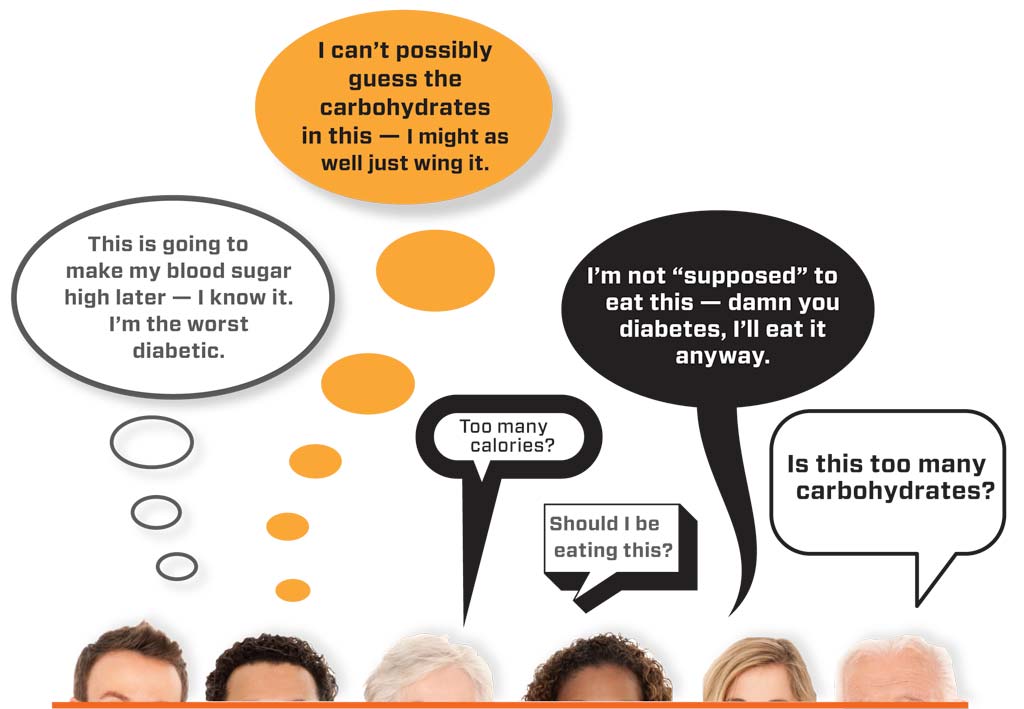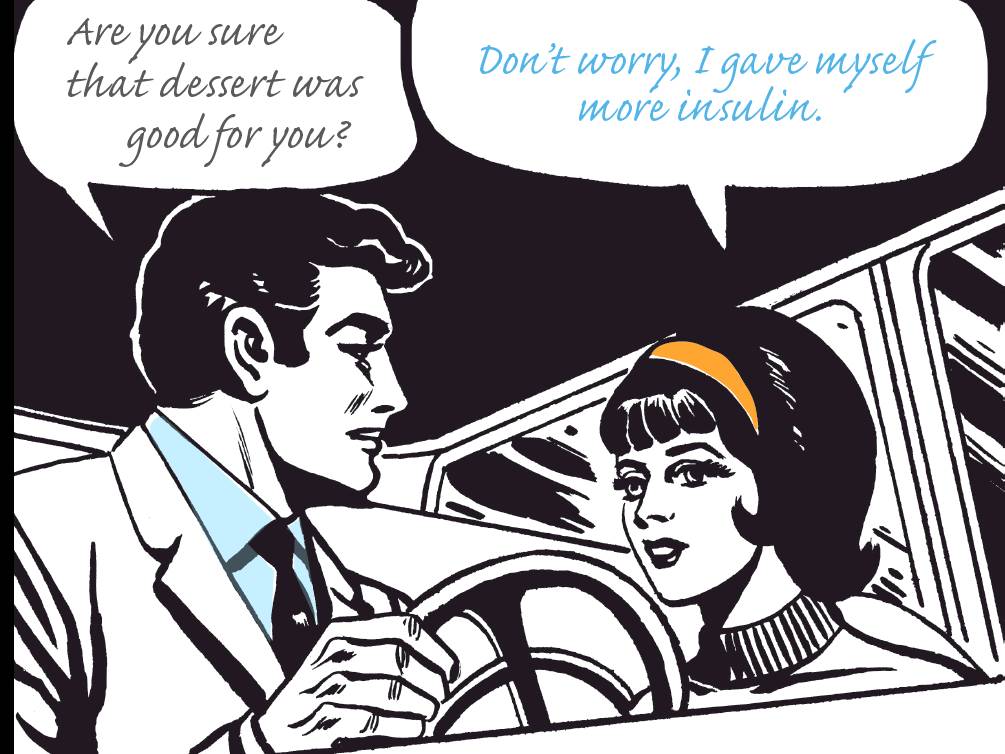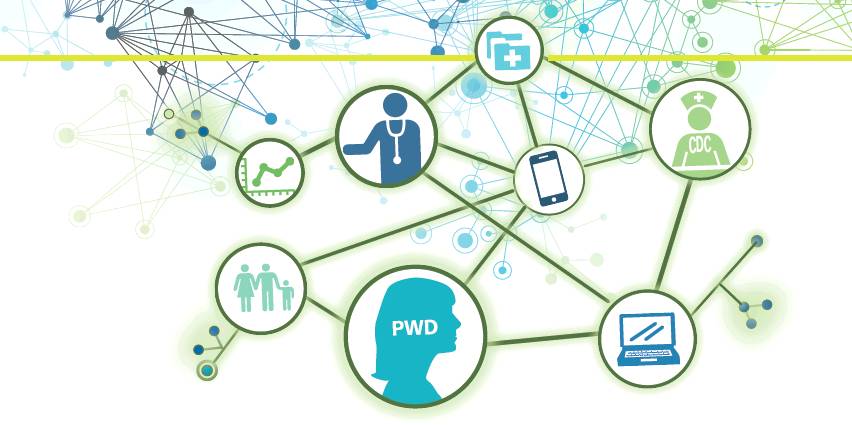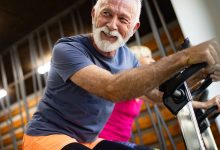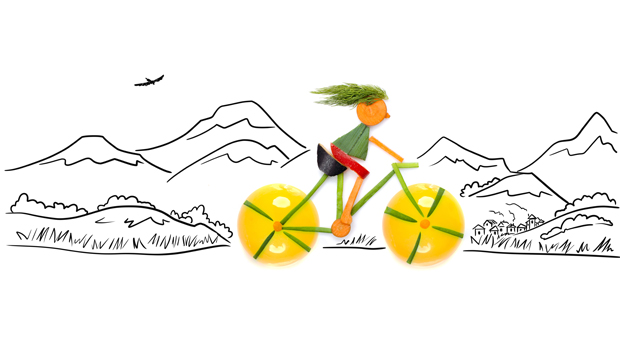
Blood, Sweat, and Diabetes
My T2 friend and I have signed up for a Tour de Cure 100-mile ride in Coralville, Iowa this June. It’s going to take 18 weeks of training, along with some careful calculation of insulin, to make sure we make it to the finish line.
Starting in a few weeks, we will begin to ride for 2 hour chunks, and then stretch it out from there. The goal is to handle a 7-hour journey while biking 12 to 15 miles per hour. To survive such a long haul, endurance athletes must find the balance of food intake to keep from crashing from either too many calories or too few. An athlete with Type 1 has to take that one step further by determining how to dial in the insulin to cover the added carbs. It’s a lot to juggle!
Here’s how I figure it all out: my body stores enough glycogen to cover about 90 minutes of exercise, so I need to feed my body carbs to cover any exercise that goes longer than that. I’ve done a lot of trial and error experimentation over the years to figure out that my ideal carb intake during an event is 35 to 50 grams per hour, not counting any glucose I need for low blood sugars.
For lows, I carry glucose tabs on every ride. For the carbs I need each hour, I carry Honey Stinger and Gu gel packets, homemade fig newtons, and Skratch Labs Exercise Hydration Mix. I also carry 2 water bottles on my bike, one filled with Skratch Labs drink mix, since dehydration can contribute to high blood sugar.
I spend quite a bit of time figuring out how to carry all the carbs I need; thank goodness for all the little pockets sewn onto a bike jersey! I use a Bento Box that is mounted on my bike and I carry gels and fig newtons in my pockets.
As I get more fit throughout the season, I’ve discovered I don’t need to lower my basal rate for the ride as much as I did earlier in my training. I rarely need to bolus for the food I eat while riding, though if I miscalculate, and go higher than 240, I will tweak things with a microbolus. If I go high, I also make sure I’m drinking extra water to help my body.
For long rides, I eat a meal 3 hours before the ride starts, bolusing for the full amount. The bolus insulin is essentially gone by the time I get on the saddle. Then right before the ride starts, I usually eat a low-fiber, low-fat snack, like a banana or a fruit snack. Many people go high at the start of a ride or race from the surge of adrenaline, but I’m a rare oddity in that I go low. Sometimes, I have to consume a glucose tablet just to get started!
As soon as I start riding, I start drinking and eating the carbs I need each hour, testing BG on the fly. Once the finish line is within reach, I raise my basal rate to normal about an hour before I expect the ride to be done. And when I get back to base camp, I’m sure to eat a recovery meal, including a full bolus, within an hour after getting off the bike.
It has taken me a while to figure all this out. It required a lot of testing and record-keeping, followed by some detective work to think about what worked and what didn’t. Any mental legwork I do before the race makes for a better ride on the big day, and I get to know my body better to boot! There’s nothing like going through something grueling to fine-tune your relationship with your health.
Please consult your medical care provider before beginning any significant training regimen.
Thanks for reading this Insulin Nation article. Want more Type 1 news? Subscribe here.
Have Type 2 diabetes or know someone who does? Try Type 2 Nation, our sister publication.


